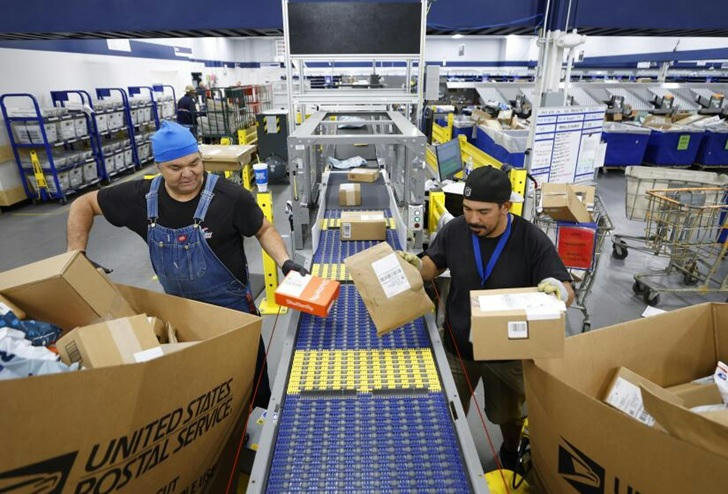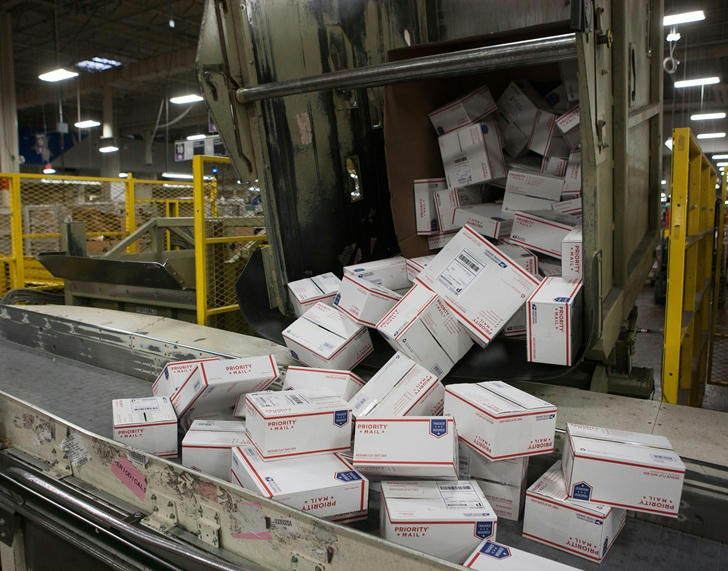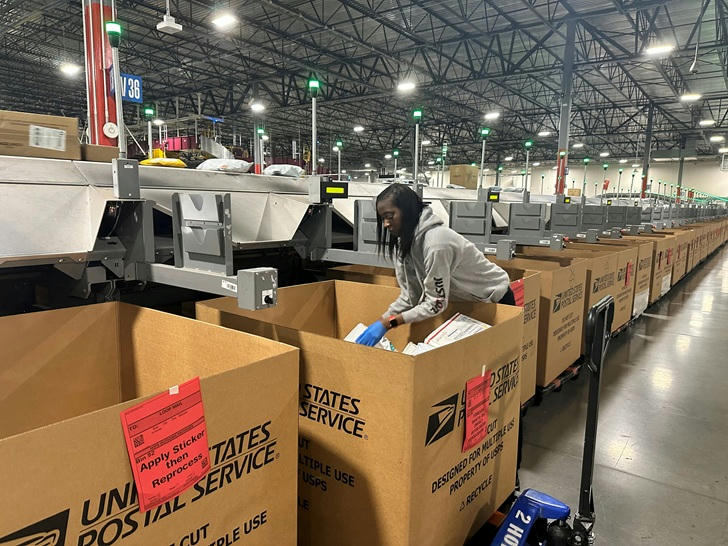Job Duties and Basic Requirements of a Package Sorter
In today’s fast-paced world of e-commerce and global logistics, the role of a package sorter has become increasingly important. Package sorters are the backbone of distribution centers and delivery networks, ensuring that parcels reach the correct destinations quickly and efficiently. While the job may seem simple on the surface, it involves a series of coordinated tasks and responsibilities that require precision, speed, and attention to detail.

What Does a Package Sorter Do?
The main duty of a package sorter is to organize and direct packages to their appropriate delivery routes. Working in large warehouses or distribution centers, these workers handle thousands of parcels each day. Their responsibilities may vary slightly depending on the company or specific role, but generally include:
- Scanning barcodes and tracking labels
- Sorting packages by size, weight, or destination
- Placing items on conveyor belts or into designated bins
- Inspecting packages for damage or incorrect labeling
- Assisting with loading and unloading trucks
Many sorters work alongside automated systems that speed up the sorting process. However, human involvement is still essential to manage exceptions, handle fragile or irregularly shaped items, and ensure quality control.
Work Environment and Schedule
Package sorters often work in high-energy environments with a steady pace. Distribution centers are typically large, temperature-controlled facilities designed to handle large volumes of goods. The work is mostly physical, involving standing for long hours, repetitive lifting, bending, and walking.
Shifts may vary depending on the operational needs of the warehouse. Many package sorters work early morning, late evening, or overnight shifts to accommodate shipping deadlines and delivery schedules. Full-time and part-time positions are commonly available, providing flexibility for different lifestyles.
Basic Requirements and Qualifications
Becoming a package sorter typically does not require advanced education or formal training. The basic qualifications include:
- A high school diploma or equivalent (in most cases)
- Ability to lift heavy objects, often up to 50 pounds
- Basic reading and math skills
- Good hand-eye coordination
- Attention to detail
Some companies may conduct background checks or drug screenings as part of the hiring process. While no previous experience is usually necessary, familiarity with warehouse or logistics work can be an advantage.
Skills Needed to Succeed
Successful package sorters share a number of key traits and abilities. These include:
- Physical stamina: The role demands continuous movement and repetitive tasks throughout the shift.
- Time management: Efficiency is crucial, especially when working under tight deadlines.
- Accuracy: Misrouted packages can cause delays, so attention to detail is essential.
- Teamwork: Package sorters often work in teams, coordinating efforts with supervisors, forklift operators, and other warehouse staff.
- Adaptability: The volume and type of packages can vary daily, requiring flexibility in managing workloads.

Tools and Equipment Used
Most package sorters work with conveyor belts, barcode scanners, handheld devices, and packaging materials. Safety gear such as gloves, steel-toed boots, and reflective vests are commonly provided to protect workers in the warehouse environment.
In some settings, sorters may also use small carts, hand trucks, or automated lifts to transport heavier packages. Proper training on handling tools and understanding warehouse layout is usually part of the onboarding process.
Safety Considerations
Warehouse jobs, including package sorting, come with certain physical and safety risks. These may include injuries from lifting, repetitive strain, slips, or contact with moving machinery. To minimize these risks, companies typically enforce strict safety protocols such as:
- Lifting guidelines and training
- Use of protective gear
- Regular safety drills and inspections
- Clearly marked walkways and safety zones
Following these guidelines helps reduce workplace accidents and promotes a safer environment for all employees.
Career Advancement Opportunities
While entry-level in nature, the package sorter position can be a stepping stone to higher roles within the logistics and supply chain industry. With experience and additional training, sorters may move into supervisory positions, inventory management, forklift operation, or logistics coordination.
Some companies also offer training programs or tuition assistance to support career development. For those interested in long-term growth, the logistics sector offers a wide range of advancement paths.
employment Outlook
The demand for package sorters remains strong, driven by the expansion of online shopping and home delivery services. As consumers increasingly rely on e-commerce platforms, distribution centers require more workers to keep up with the volume of shipments.
This demand translates to consistent job availability across many regions, including both urban and suburban areas. The role is especially active during peak seasons such as the holidays, when shipping volumes surge significantly.

Conclusion
Package sorters are a vital component of the modern supply chain, playing a key role in ensuring that goods reach consumers efficiently and accurately. While the position involves physical labor and a fast-paced environment, it offers flexible scheduling, accessible entry requirements, and a potential path toward long-term career growth in logistics. Understanding the daily duties and basic qualifications of a package sorter can help job seekers determine if this role aligns with their skills and interests.
